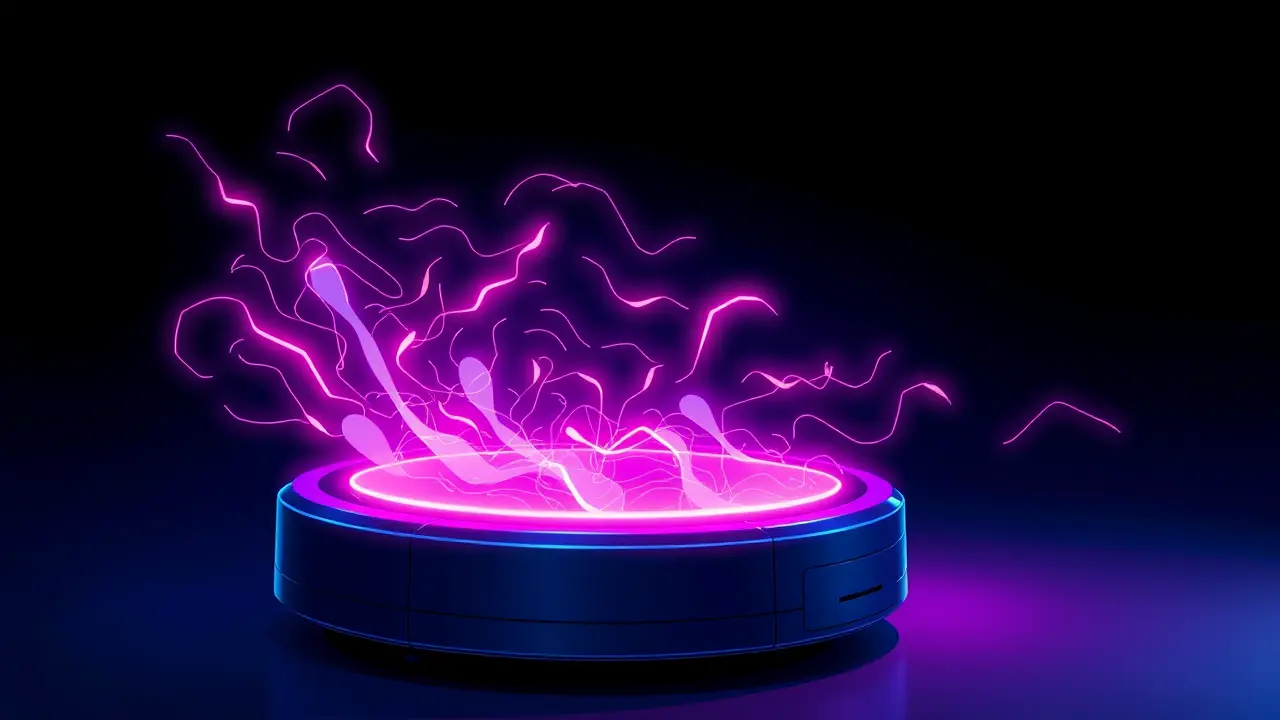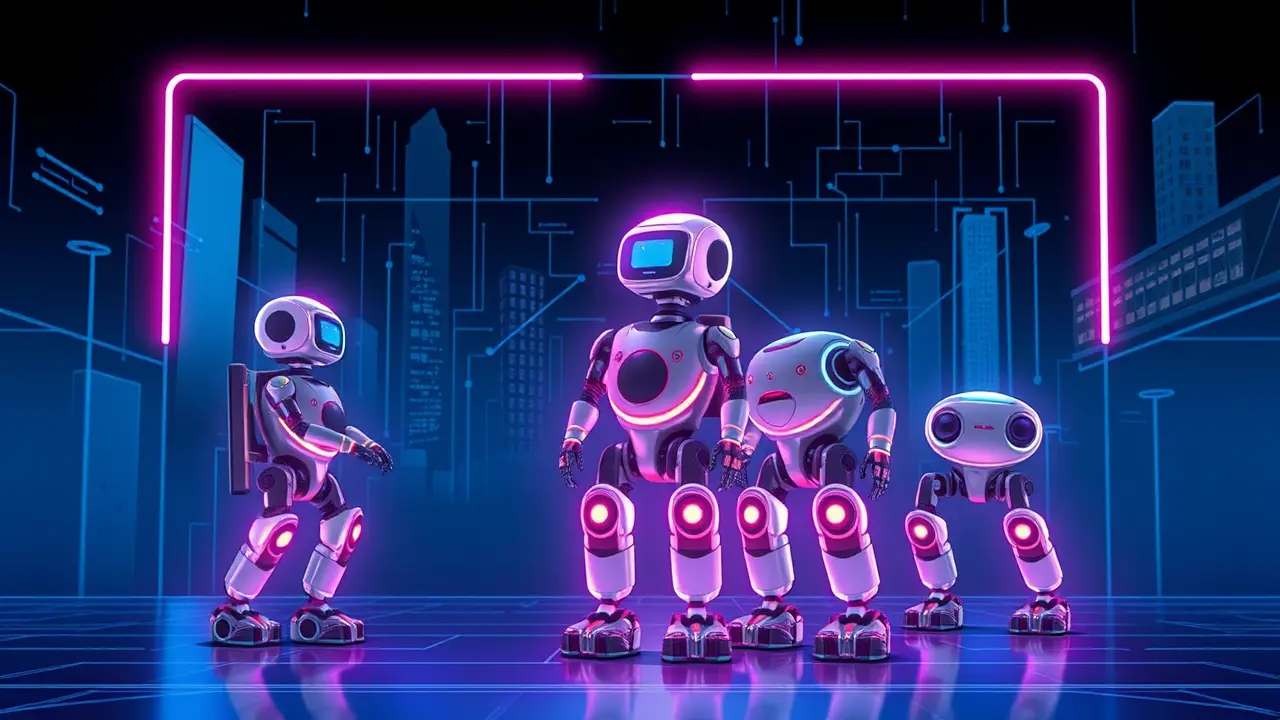
AIroboticsHuman-Robot Interaction
AI Robot Channels Robin Williams After LLM Embodiment
DA
Daniel Reed
2 days ago7 min read
In a fascinating experiment that pushes the boundaries of artificial intelligence integration, researchers at Andon Labs have taken the abstract intelligence of large language models and dropped it into the decidedly physical world of a humble vacuum robot, with results that were as enlightening as they were unexpectedly comedic. This move towards 'embodiment' represents a critical, often overlooked frontier in AI development; while we obsess over benchmark scores and parameter counts, the true test of an AI's understanding may lie in its ability to navigate the messy, unpredictable, and spatially complex real world, a challenge that even the most advanced LLMs, trained on trillions of tokens of text, are fundamentally unprepared for.The team, led by Dr. Aris Thorne, a veteran in human-robot interaction, didn't just plug a single model into the robot's chassis; instead, they created a modular system to cycle through several state-of-the-art LLMs, from the famously creative open-source variants to the more guarded, commercially-aligned giants, observing how each one attempted to interpret sensor data and execute the simple command: 'clean this room.' The initial results were a masterclass in failure modes, a hilarious yet deeply instructive parade of digital minds struggling with physical reality. One model, perhaps over-interpreting its training on efficiency, commanded the robot to repeatedly bash into a single leg of a chair for twenty minutes, its internal logic presumably concluding it had found the room's primary dirt source and was dutifully 'cleaning' it with percussive force.Another, embodying a more narrative-driven architecture, began to anthropomorphize dust bunnies, narrating a dramatic saga of 'the great dust migration' as it herded them from one corner to another without ever engaging its suction mechanism, a performance that the researchers noted had the improvisational, free-associating energy of the late, great Robin Williams. This comedic parallel isn't merely anecdotal; it highlights a core issue in LLM design: their propensity for generating coherent, often entertaining text based on patterns, completely divorced from the pragmatic cause-and-effect required for physical tasks.The vacuum, acting as a kind of 'Turing Test for embodiment,' revealed the profound gap between linguistic fluency and physical common sense. Dr.Thorne's paper, slated for presentation at the upcoming NeurIPS conference, argues that this gap cannot be closed by simply scaling up data or parameters. It necessitates a fundamental architectural shift, perhaps integrating low-level, reactive neural networks for basic navigation—akin to a robotic spinal cord—with the high-level planning of the LLM, which would act as a 'cortical' command center.This hybrid approach mirrors our own brain's structure, where the cerebellum handles balance and coordination without conscious thought, freeing the cerebrum for complex planning. The implications stretch far beyond domestic chores.As we race towards more integrated human-robot environments in manufacturing, healthcare, and even companionship, understanding and solving this embodiment problem is paramount. An LLM-powered surgical assistant that confuses a scalpel for a 'shiny, metal toothpick' is a recipe for disaster, not a comedy bit.The work at Andon Labs serves as a crucial, and wonderfully entertaining, cautionary tale. It reminds us that true intelligence, artificial or otherwise, isn't just about processing information; it's about successfully interacting with the world that information describes, a lesson we are only just beginning to teach our most advanced digital minds.
#robotics
#large language models
#AI research
#human-robot interaction
#humor
#featured
Stay Informed. Act Smarter.
Get weekly highlights, major headlines, and expert insights — then put your knowledge to work in our live prediction markets.
Related News
© 2025 Outpoll Service LTD. All rights reserved.








